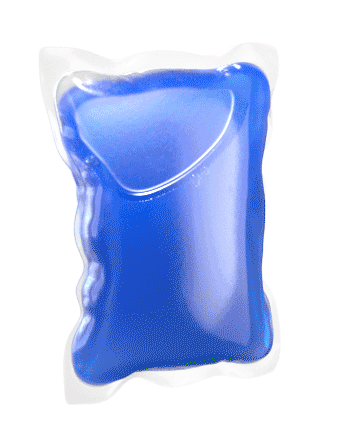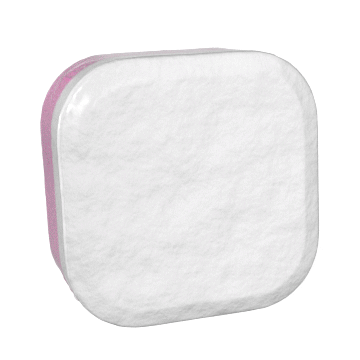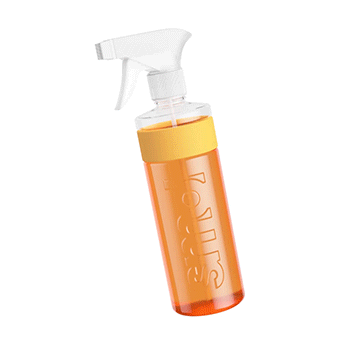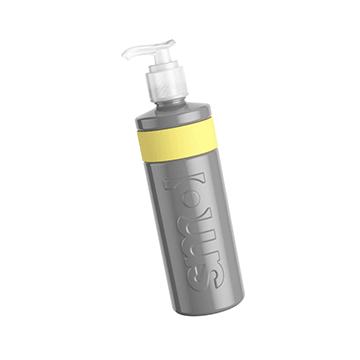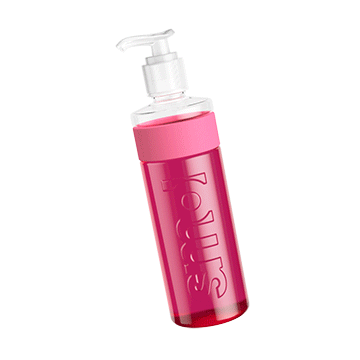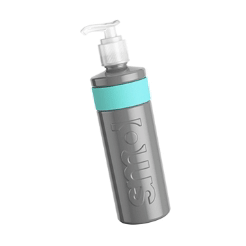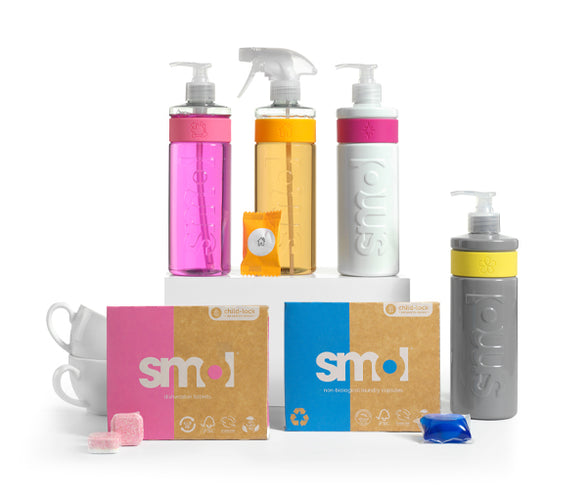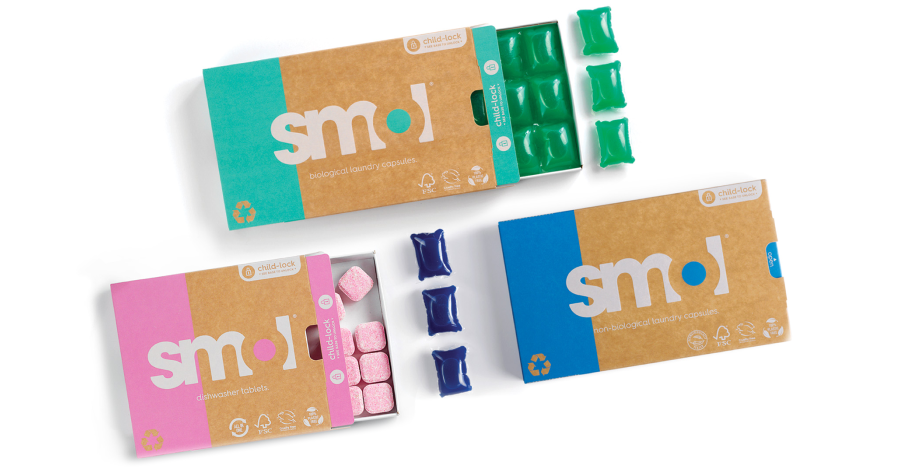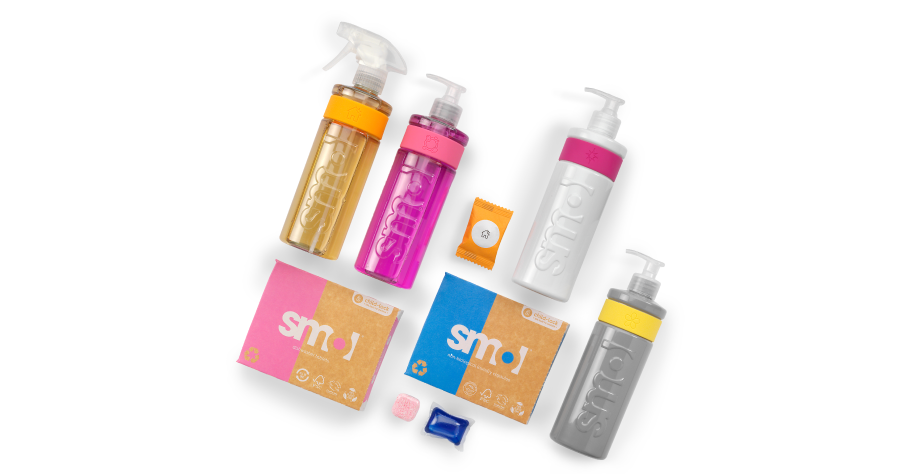
Many of us are avoiding the tumble dryer if we can help it in an effort to cut down on our energy bills and also of course cut our carbon footprint.
But for those times in the real world when you need to - do you use dryer sheets? We thought we’d take a little look at these lightweight laundry leaves.
what does a tumble dryer sheet do?
A dryer sheet’s job is to reduce static build up in your clothing as it is being tumble dried. This prevents that moment where your socks are sticking to your jumpers… it can also add a fragrance and work to make the clothing feel softer.
what are dryer sheets made of?
Most dryer sheets are made from polyester that has been coated with liquid softeners, lubricants and fragrance. Heat from your tumble dryer warms these ingredients up and they are then more easily deposited from the polyester sheet onto your laundry.
how do you use them?
It’s pretty simple! Once you’ve added your damp laundry into your tumble dryer, place a new dryer sheet on top of the pile. You might need to use 2 sheets for a larger load of washing but then you just program your tumble as normal. Each new load of laundry will require a fresh new laundry sheet so they’re pretty much a single-use item.
N.B. Using too many dryer sheets for your laundry load can leave a waxy coating on your clothing and can impact how your tumble dryer works.
do they work well with all clothing?
Dryer sheets work best for natural fibre clothing like cotton but they’re not so great on synthetics like sportswear and if you use them on towels they are likely to decrease their absorbency. Dryer sheets can also impact the self-extinguishing ability of any flame-resistant fabrics which is a potential safety concern.
are they good for the planet?
These days, most modern tumble dryer sheets are made from non-woven polyester coated with fabric softener, anti-static agents, and synthetic fragrances. At the end of the day, these polyester materials are not recyclable and they’re not going to biodegrade. The material will end up in landfills, or, worse, our oceans.
They can also contain fatty acids that can affect your tumble dryer’s performance, which in turn can cause your machine to use more energy over time.
So… if you are interested in using dryer sheets you might like to search varieties that state they are biodegradable. They can be found but most of the big brand ones are still plastic based.
alternatives to try?
If you’d still like to reduce your tumble static for those times when you need to use the dryer then how about trying some of these dryer sheet alternatives?
aluminum foil.
Scrumple up a piece of foil to about the size of a tennis ball and toss it in the dryer with your wet clothes! … aluminium is a conductor and will collect the static charge. The other great thing is the ball can be reused for a couple of months and it’s also infinitely recyclable.
apple cider vinegar.
Lightly dampen a clean flannel with apple cider vinegar and add it in with the laundry in your dryer. The vinegar works as a fabric softener, loosening fabric fibres so they're less able to stick together and create static.
tennis ball.
Like regular dryer balls, when tennis balls are added to your dryer with wet laundry, they bounce around in the drum, agitating the items inside. They absorb moisture at the start of the cycle and slowly release it as the cycle goes on which stops any over-drying (it’s the over-drying that causes static electricity).
line drying.
Of course one sure fire way to avoid the static is to hang the laundry on a line to air dry. Why not check out our handy ways to dry indoors without the dryer. No static included.
a smol sheet?
Have we any plans for a smol static-stopping sheet? Well we’re always looking to innovate new products but we’re also more interested in finding ways to dry without the dryer. Energy bills are high enough already and the little ways we can cut our laundry’s carbon are going to include not using the tumble if we can absolutely avoid it.
And with so many alternatives mentioned above… we’ll stick with those for now.
